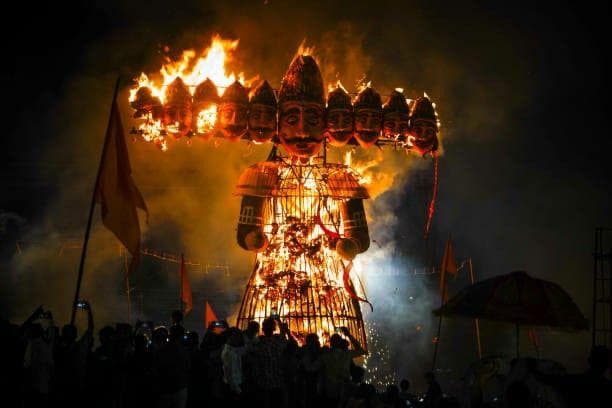There are only a few sights as enchanting as India during Navratri. The country feels alive for nine days, honoring the Goddess Durga. A Diya is a lamp lit for her in most temples and even in homes. Oil is added to the diya so that it doesn’t go out for 9 days and 9 nights. You can hear in the distance bhajans, devotional songs for the goddess, and the warm beat of Dhaks, a kind of drum. During Navratri, every street, temple, and even home turns into a shrine honoring the energy of Goddess Durga.
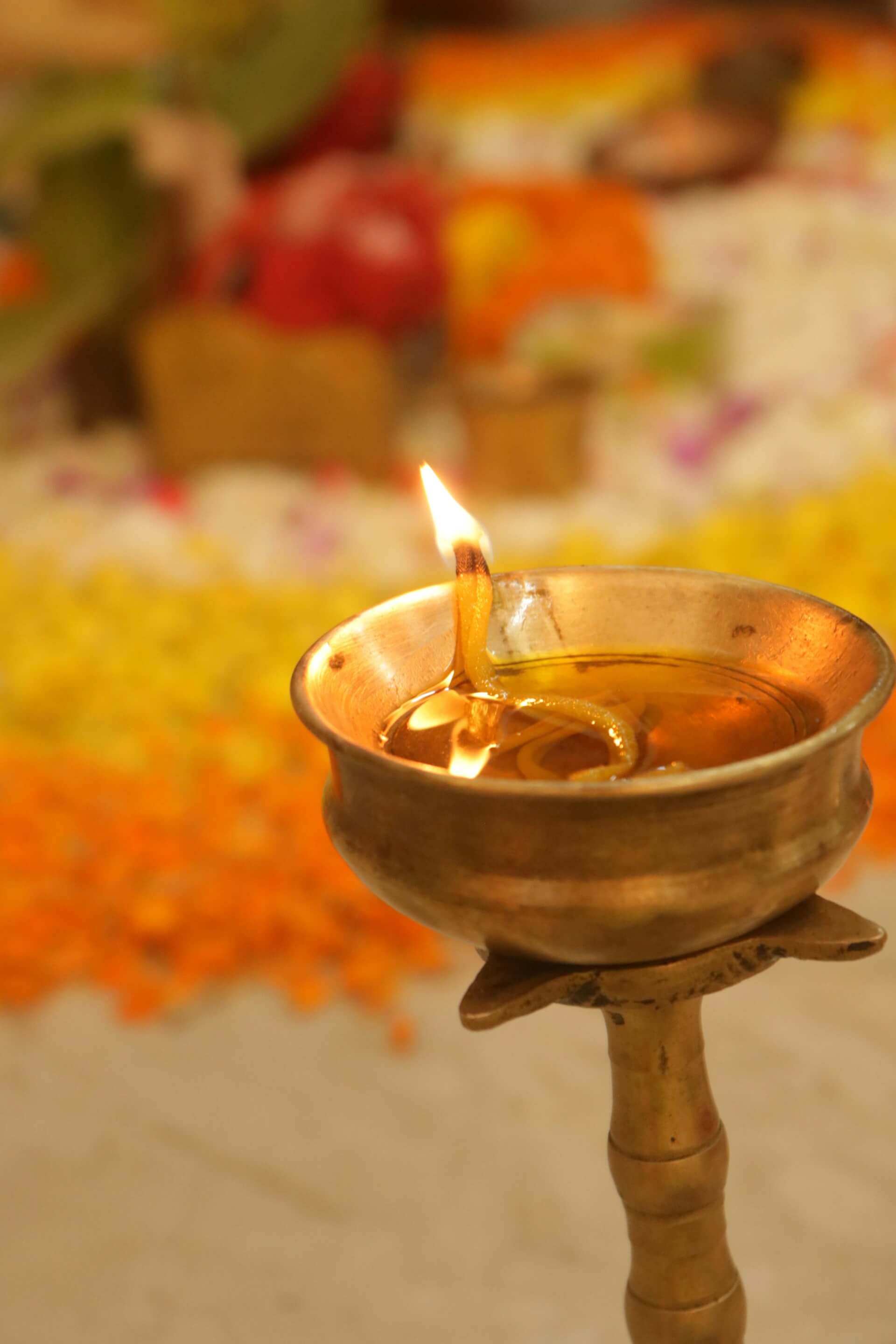
Navratri literally means “nine nights”. It is a celebration of Shakti, the divine feminine energy that sustains the universe. Each day of Navratri honors a different form of Goddess Durga, from Shailaputri, the Daughter of the Mountains, on the first day, to Siddhidatri, the Giver of Perfection, on the ninth. You'll wake up every morning with soft sounds of rituals and chants which fill the air with positive energy.
Navratri mirrors India itself. Like the diverse landscape, yet harmonious in soul, Navratri is celebrated with a thousand traditions in different states of the nation. But it blooms under one divine light.
Gujarat: The Night That Never Ends
As the sun sets behind Gujarat's horizon, the state changes tempo. The ground itself seems to hum under your feet. The beat of the Dhol, a kind of Indian drum, rises, and people spill into courtyards and community grounds to dance the Garba.

Men attired in bright kedias, women in swirling chaniya cholis move around a single lamp that stands for the Goddess. You lose count of time in a dance of joyful devotion.
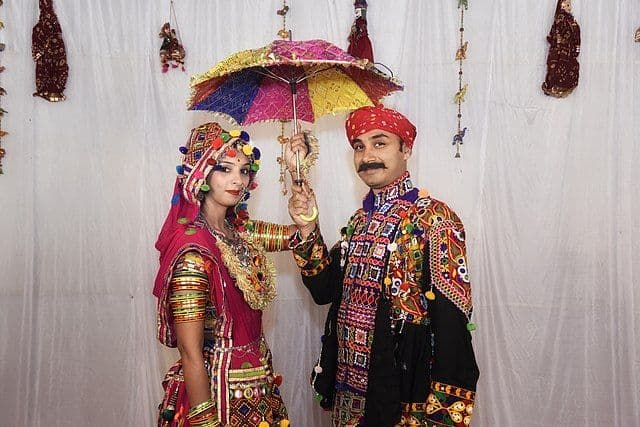
West Bengal: When Art Becomes Worship
In Kolkata, Navratri takes the grand form of Durga Pujo, as the Bengalis call it. It becomes a theatre of art, creativity and devotion. The air smells of wet clay from newly sculpted idols of Durga Maa–Mother Durga. Enormous pandals, temporary temples, are built overnight, each one more imaginative than the previous year's. They are crafted by local artisans who pour months of work into every sculpture and detail.
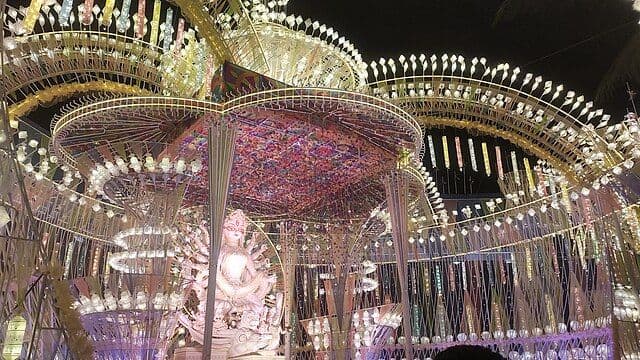
The air is thick with the aroma of incense and bhog (offerings), as chants of “Jai Maa Durga” echo through the city. For Bengalis, this festival is the homecoming of the Goddess herself. People get teary on the tenth day–Bijoya Dashmi, when finally Durga Maa wins over the evil, and now it's time for the idol to be immersed in water. They bid her goodbye in chorus, saying “asche bochor abar hobe” in Bengali, which is the hope and faith that Durga Maa will come back again next year during Navratri.
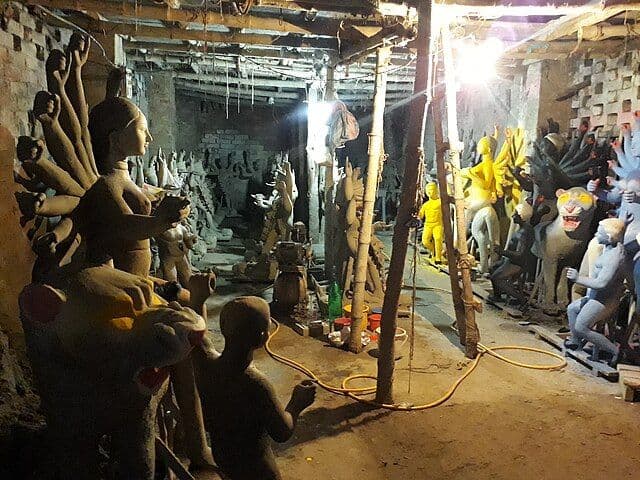
Chennai, Tamil Nadu: The Grace of Golu
Down south, Navratri takes an artistic turn through the “Bommai Golu” or “Kolu” festival. Homes are adorned with tiered displays of clay dolls depicting scenes from mythology, village life, and nature. Women invite guests to view their golu, share stories, and offer sundal, a healthy lentil snack. With music and light, the city glows with gentle devotion.
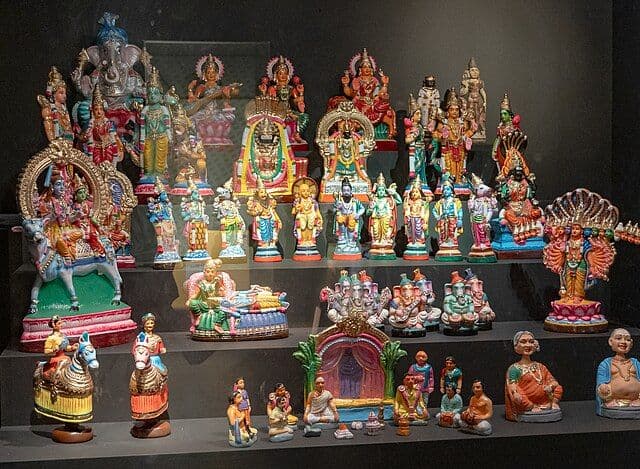
Kullu, Himachal Pradesh: The Valley Where Gods Descend
While most of India bids farewell to the Goddess on the ninth night, the mountain town of Kullu begins its celebration then. Known as Kullu Dussehra, this festival transforms the serene valley into a divine procession with more than 200 local deities carried on palanquins, a chair carried by bearers. They make their way to the Dhalpur Maidan accompanied by drums, flutes, and chants echoing through the Himalayas.
For travellers, it’s a breathtaking sight. Devotion is set against the backdrop of misty peaks, cedar forests, and rivers.
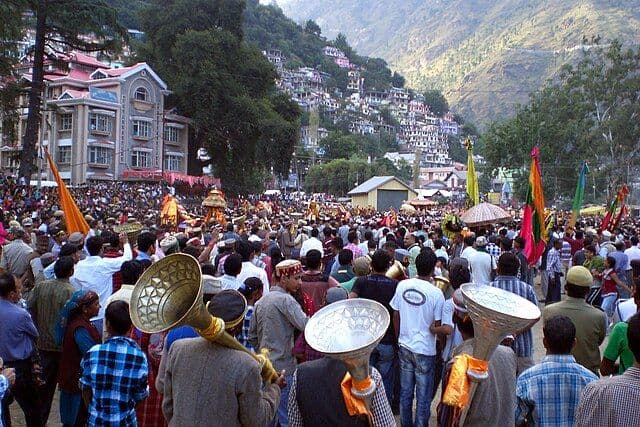
Bihar and Uttar Pradesh: Devotion and Drama
Here, faith takes the form of a story- Ramlila. The festival starts with Kalash Sthapana which is an earthen pot of water and grains symbolising new beginnings. Families fast, pray, and read the Durga Saptashati. Evenings belong to the Ramlila plays, open-air performances of Lord Rama’s victory over Ravana. The Ramnagar Ramlila near Varanasi has run for more than two centuries, untouched by time. The torches, the crowd and the echoing dialogues give you goosebumps every time.
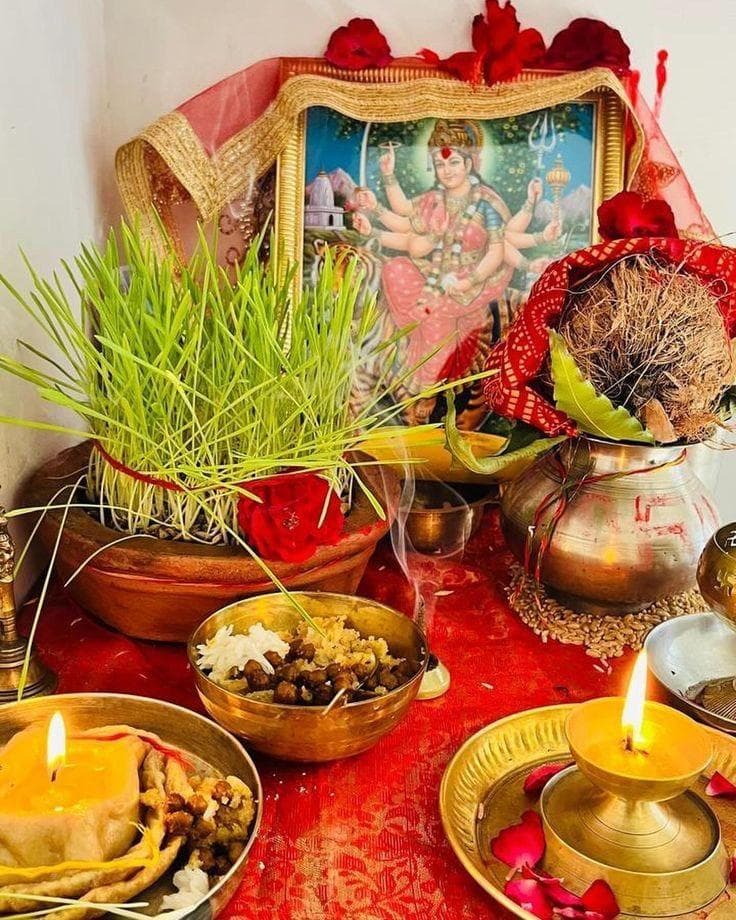
The Ninth Day: Kanya Pujan
On the final morning, homes welcome young girls considered as little embodiments of the Goddess. They’re offered food, bangles, and flowers. It’s a soft, tender reminder that divinity often arrives in the simplest form. The elders touch the feet of the young girls for blessings, which is quite the opposite on other usual days.
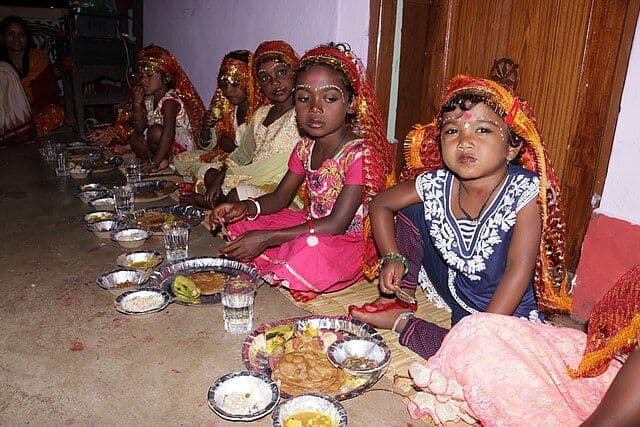
The Triumph of Light: Dussehra
As the ninth night fades into dawn, Navratri culminates in Dussehra, the festival of victory. Across India, towering effigies of Ravana, symbolising arrogance and evil, are set ablaze with cheers and fireworks. A person dressed as Lord Rama burns the effigy using a bow and a fire-lit arrow. The sky glows gold and crimson, echoing the timeless message that truth and virtue always prevail. In that moment, devotion transforms into celebration with a collective sigh of hope, as India welcomes the triumph of light over darkness once more.
